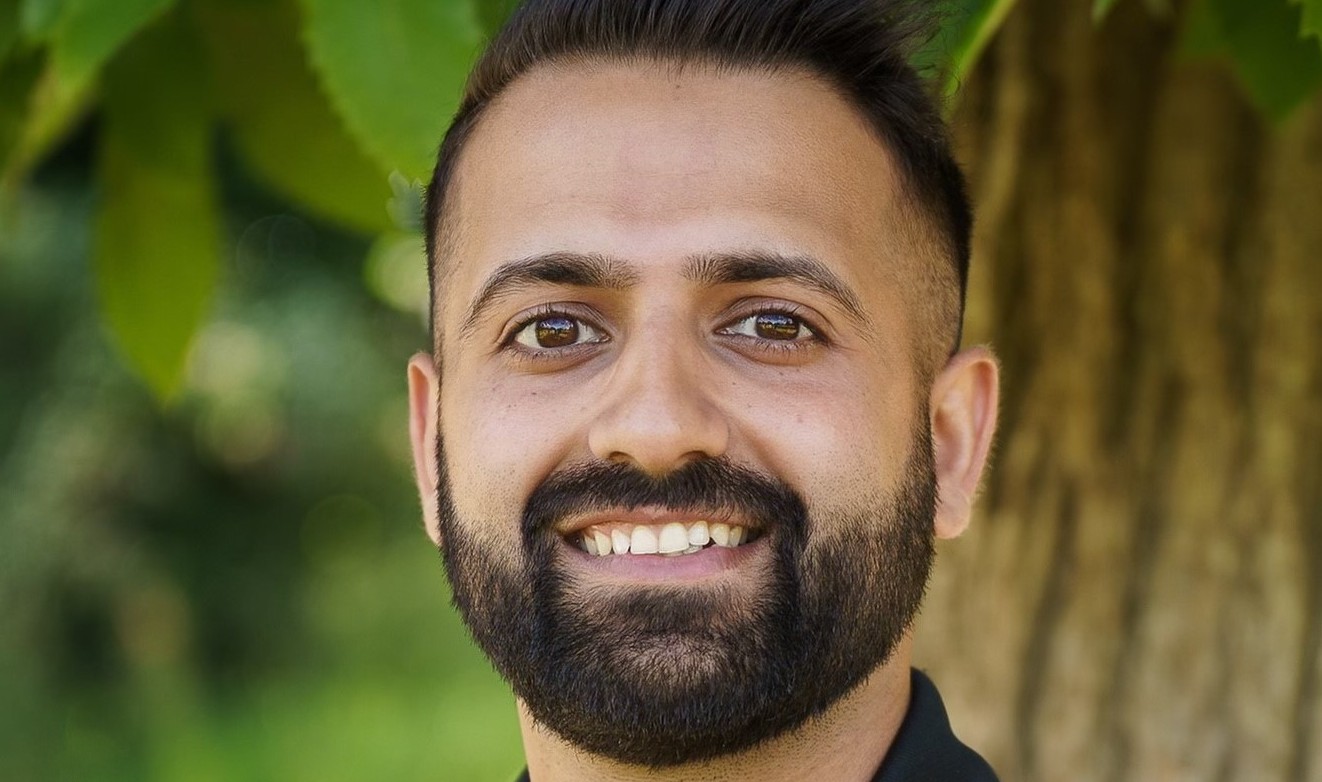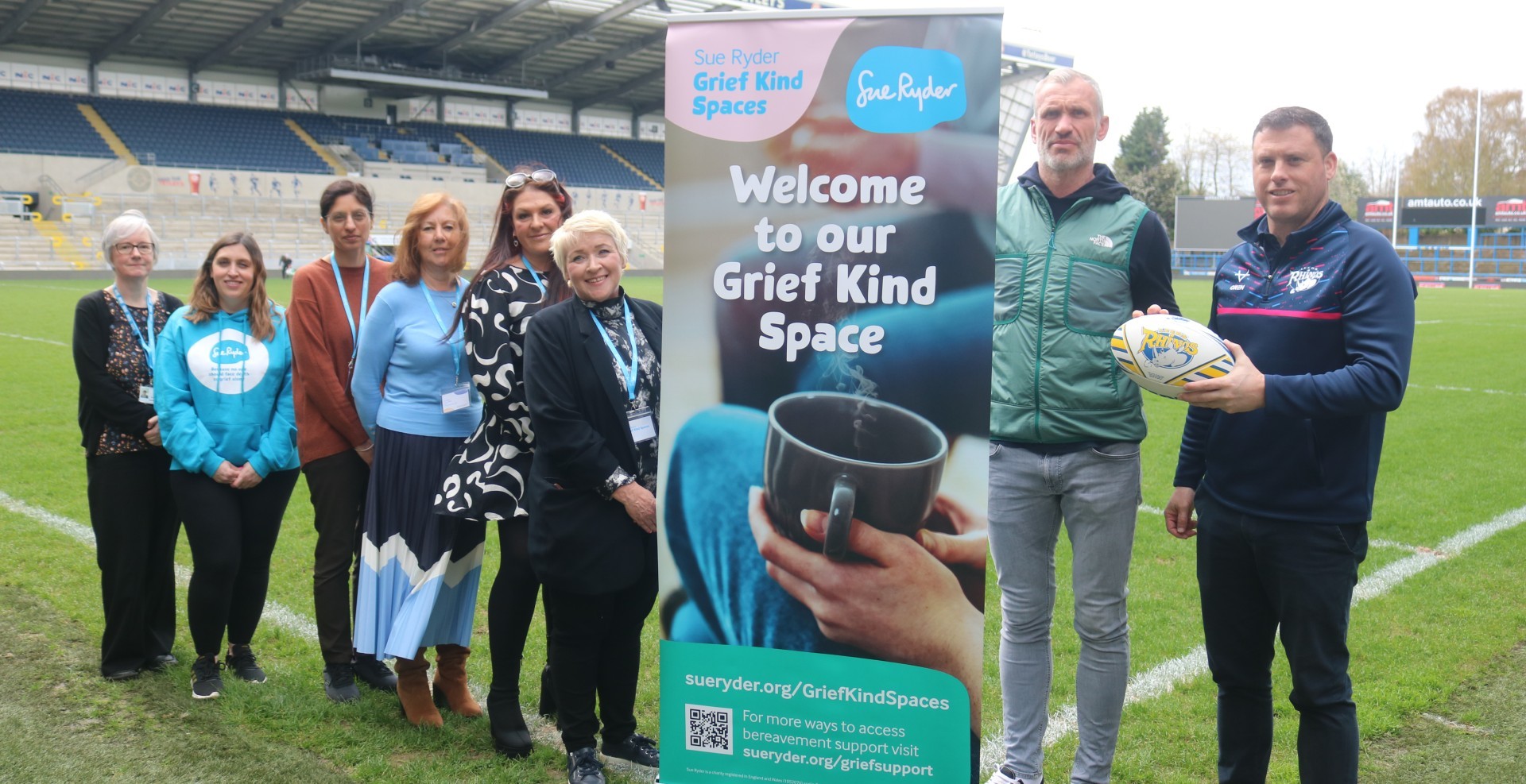Reaching the summit after total ankle replacement surgery.
John Sanderson found himself struggling to walk, after many years of enjoying an active lifestyle. His severely arthritic ankle forced him to stop playing cricket because the pain was too much to cope with. His ankle had reached the point where bone was meeting bone, causing friction and resulting in severe pain.
The Spire told us: “After undergoing a total ankle replacement at Spire Leeds Hospital, John was able to return to the cricket pitch and today he continues to enjoy the game. What’s more remarkable, the 81-year-old grandfather of four and former PE teacher has since climbed the equivalent of the world’s highest mountain.”
When John and his wife, Ruth, were self-isolating, he set himself his first challenge. Determined to improve his fitness levels, he used his home’s stairs for exercise, initially completing 44,000 steps, averaging 600 feet a day. This is the equivalent of climbing Mount Everest at over 29,000 feet.
John: “I wanted to ensure I kept up my fitness levels as lockdown had restricted my outdoor activities. I started to climb the stairs at home and it became a daily regime. I’ve since continued to add to that number and have now reached a total of 116, 000 feet.”
When pain literally stopped John in his tracks four years ago, he was referred to Professor Nick Harris, consultant foot and ankle surgeon at Spire. X-rays revealed osteoarthritis and, because of loose ligaments, his ankle was tipping over to the side. In October 2016, Professor Harris performed total left ankle replacement surgery, giving John back his active lifestyle.
Over the past twenty years, Professor Harris has carried out 400 ankle replacement surgeries. He said: “Without surgery, Mr Sanderson would have suffered increasing pain and deformity, with an associated reduction in his levels of activity. The procedure involved replacing the end of the tibia and top of the ankle bone (talus) with metal components and a plastic bearing between the two, very much like a smaller version of knee replacement. Bespoke implants are now being manufactured based on a patient’s pre-operative CT scan. Ankle replacements, although increasing in numbers are still uncommon. About 1,000 are performed each year compared to 100,000 knee replacements. They are usually reserved for older patients.”
Age hasn’t deterred John. Just a few weeks ago, he climbed a real mountain – Goat Fell, the highest mountain on the Isle of Arran. John: “Goat Fell is 2,800 feet high. My ankle did ache a bit after the first seven miles, but I figured that’s not too bad!”
Over the years he has also completed all of the Lake District’s 214 fells (hills and mountains) featured in Alfred Wainwright’s seven-volume pictorial guide, and is planning to tackle some of those once again during a planned trip in August.
The Spire tells us that survival rates for ankle replacements continue to improve. Recent studies suggest 90% of ankle replacements will last 10 years and 75% will last for 15 years.
John, who also had two knee replacements in past years, said, “I would recommend Professor Nick Harris to anyone who needs an ankle replacement. I’m very grateful to him. If I hadn’t had the surgery I would not be able to do any of this. You have to work hard on your physiotherapy and rehab exercises to make a good recovery and I think having a positive mental attitude helped. For me, the benefits of surgery have made it very worthwhile. I thought I would never play cricket again or go hiking in the mountains. I’m able to do things I couldn’t imagine doing before the surgery. I’m looking for my next mountain to climb. I’m not slowing down. In fact, I’m hoping to achieve more and more!”
It seems this is yet another successful partnership between a patient and The Spire, working together to ensure a better quality of life.
Feature photograph shows John Sanderson.



